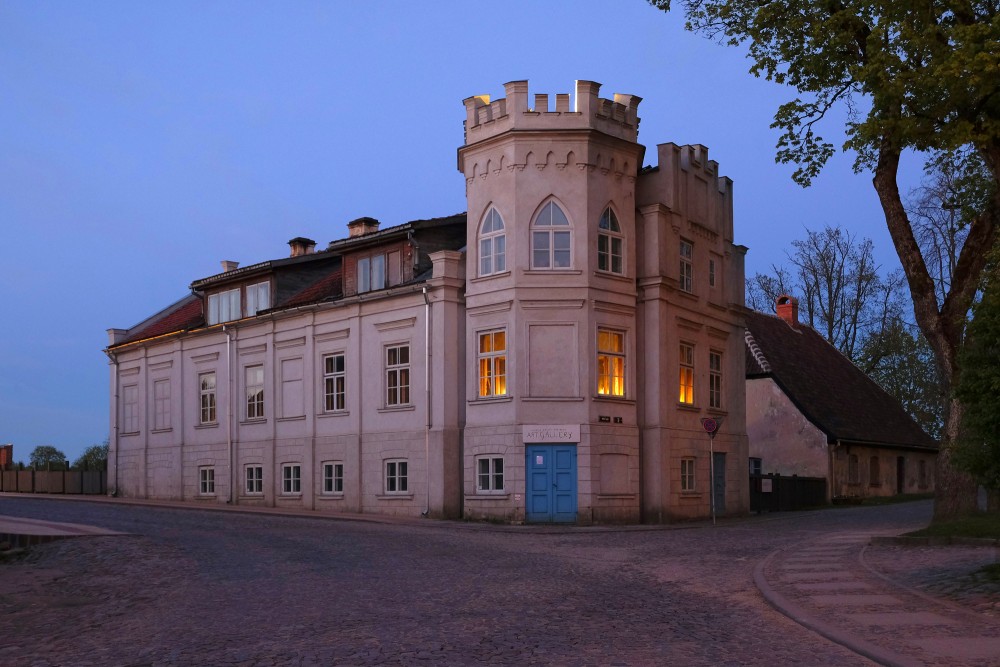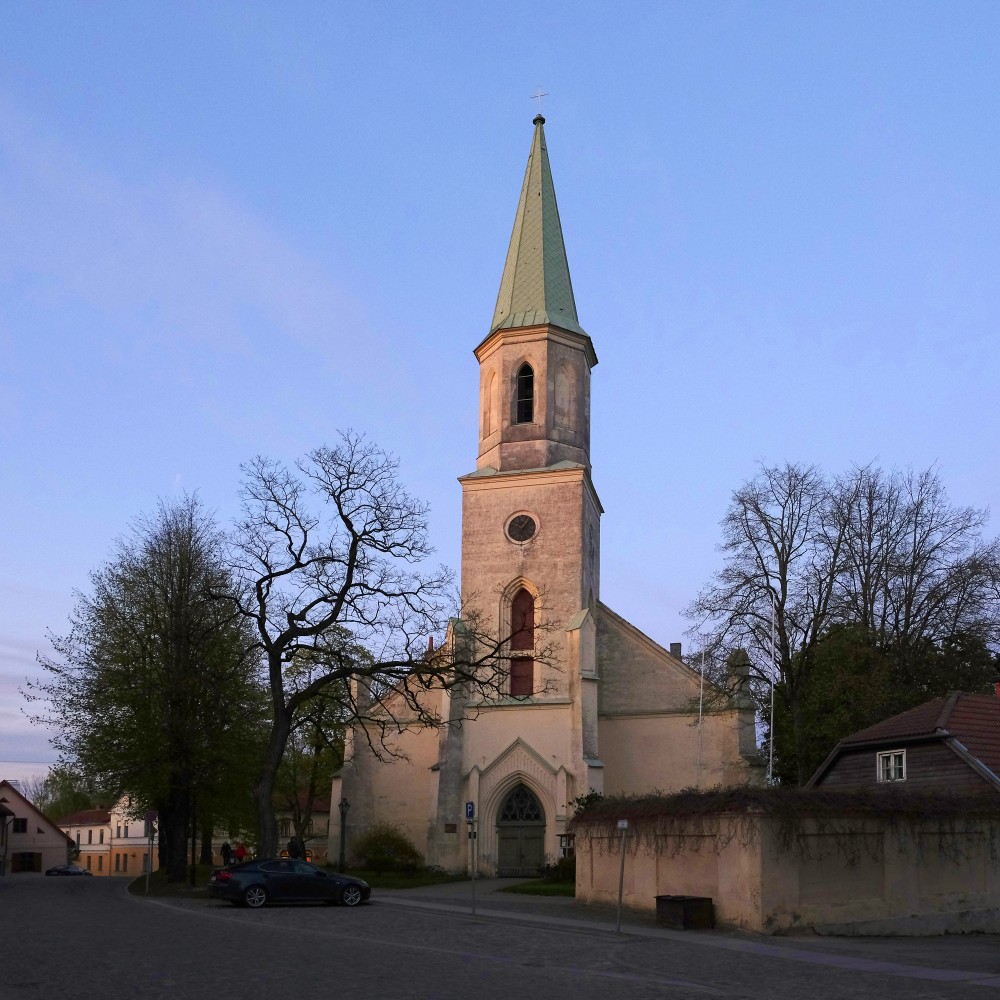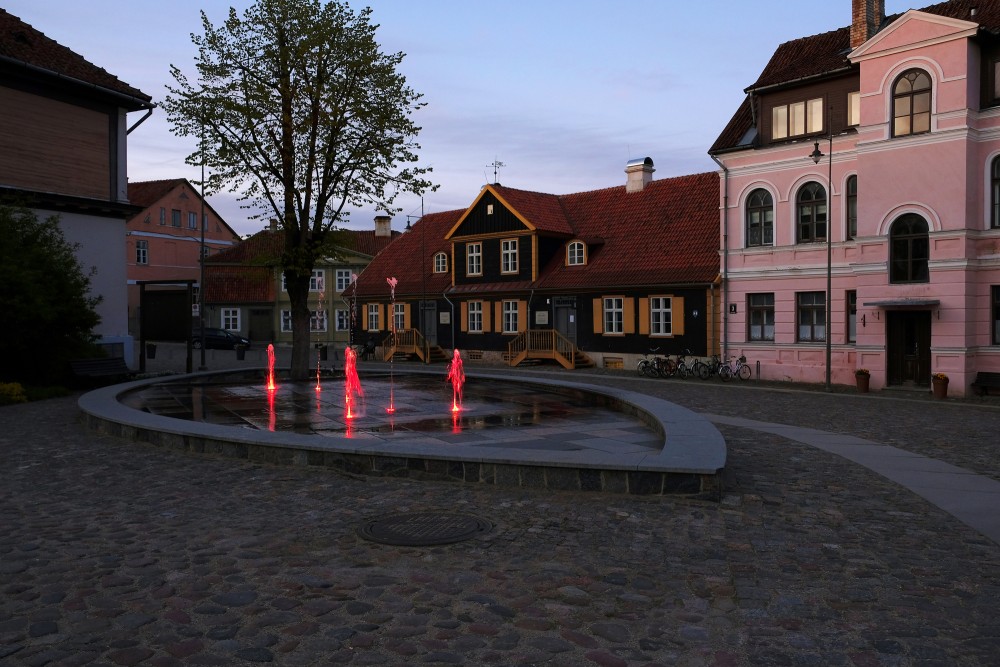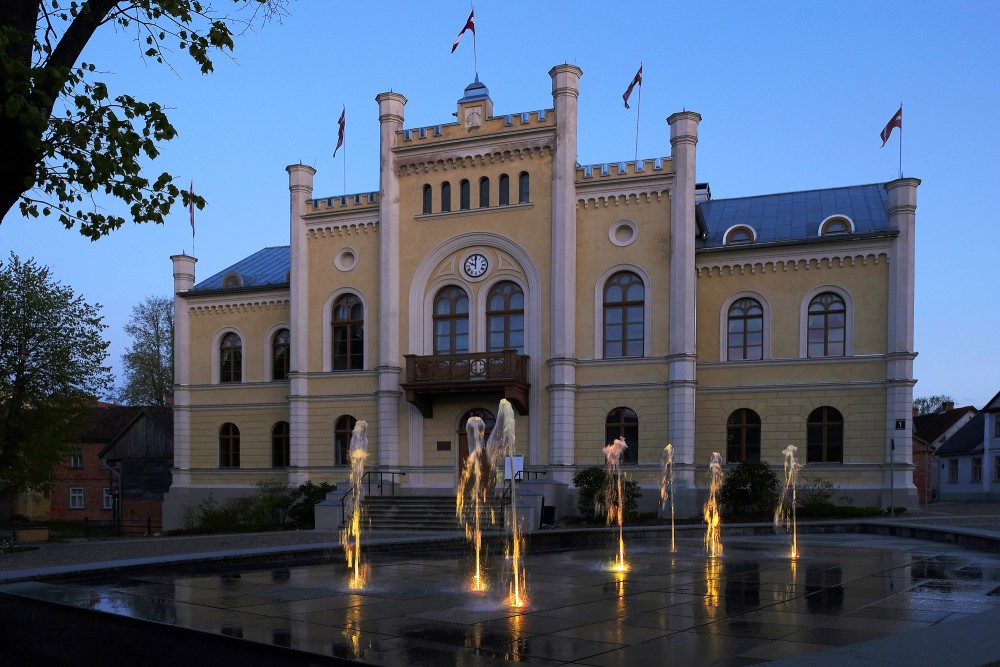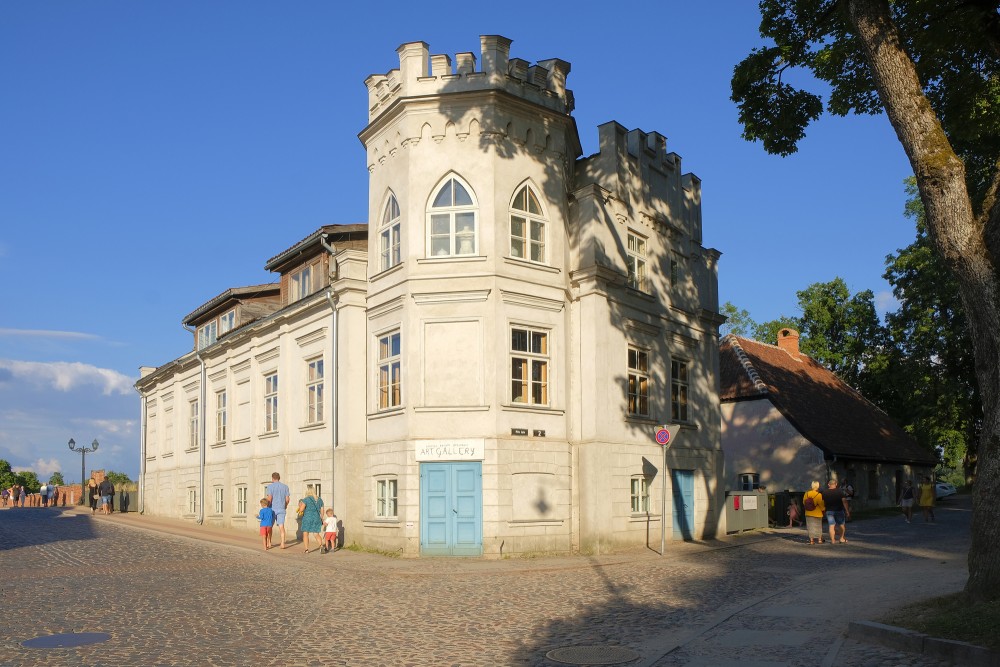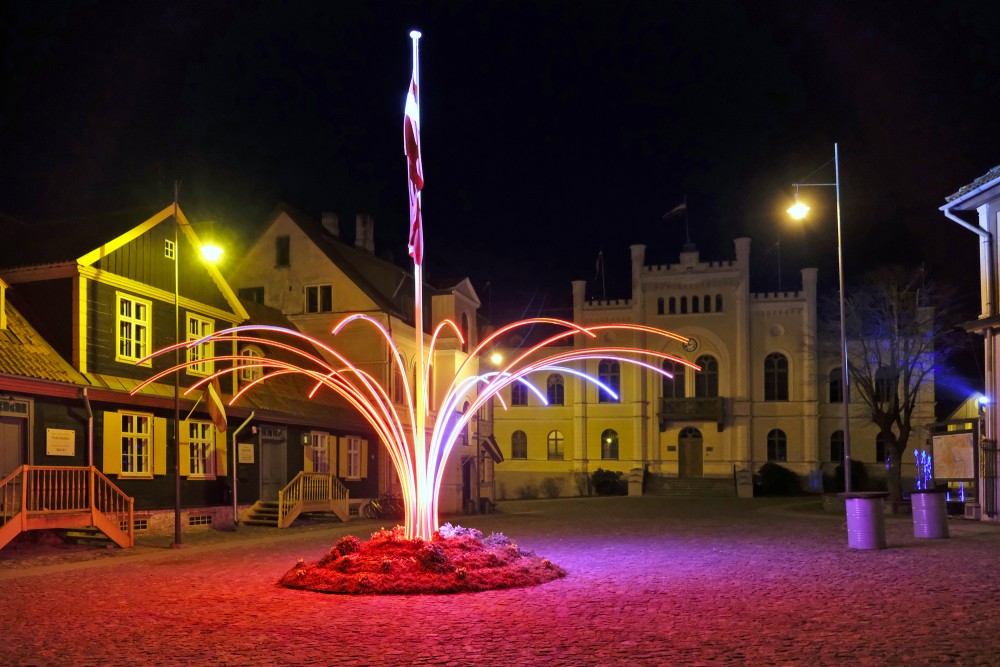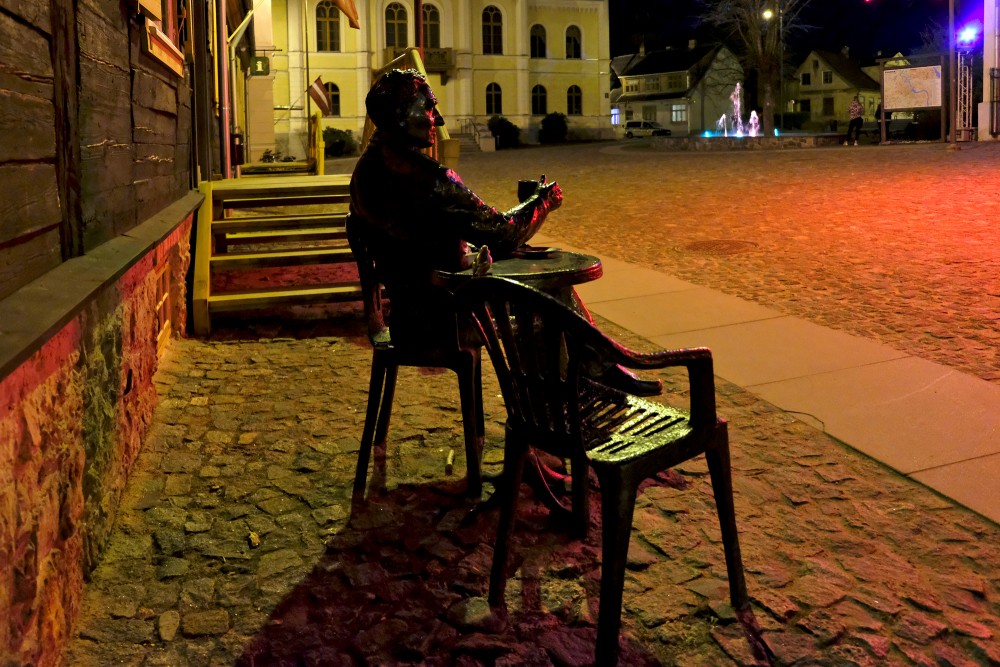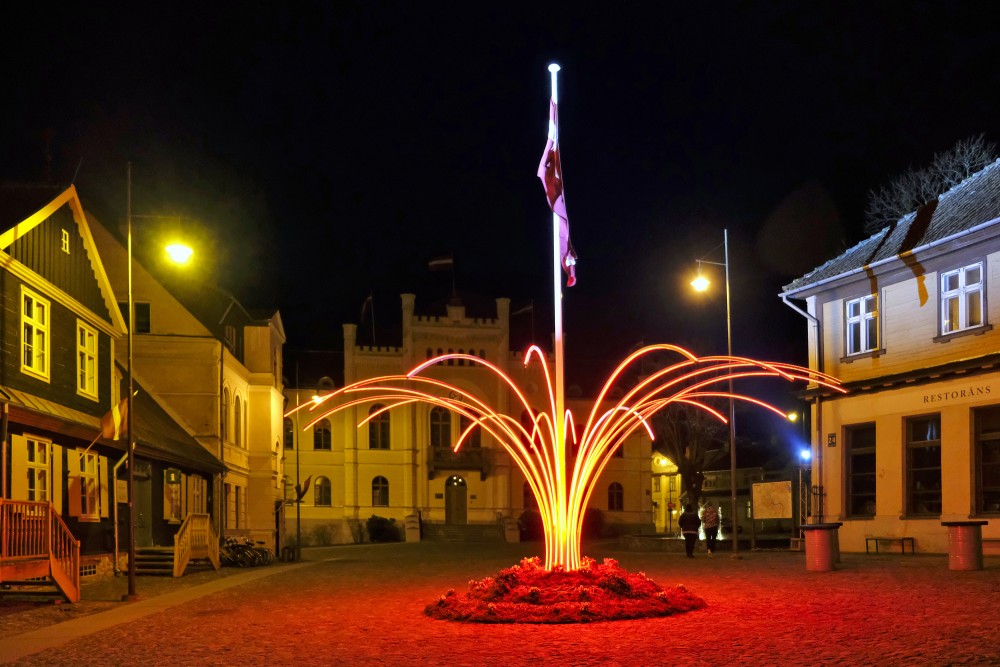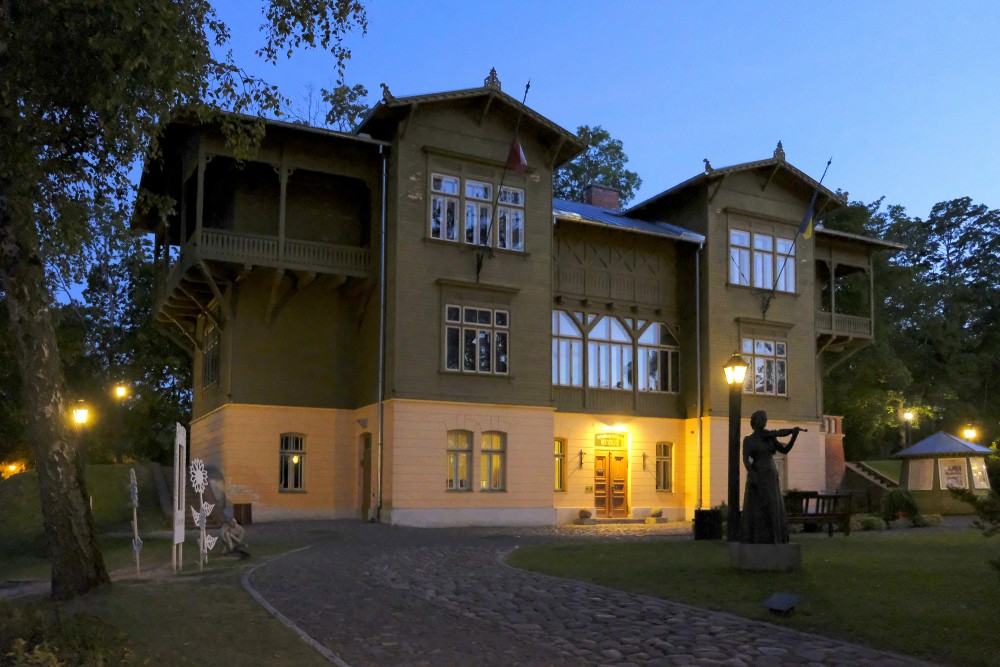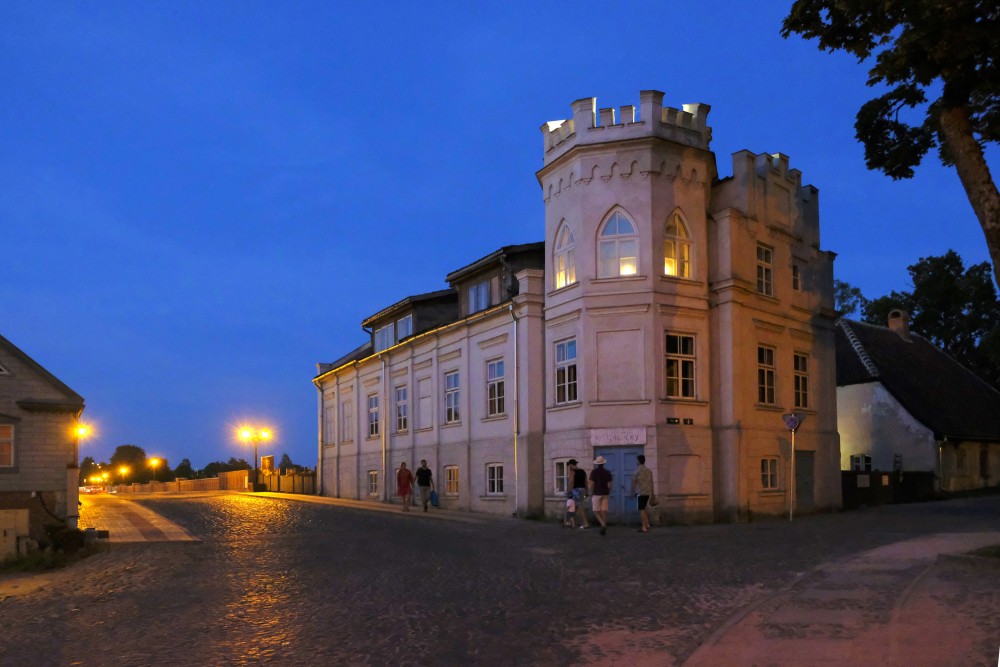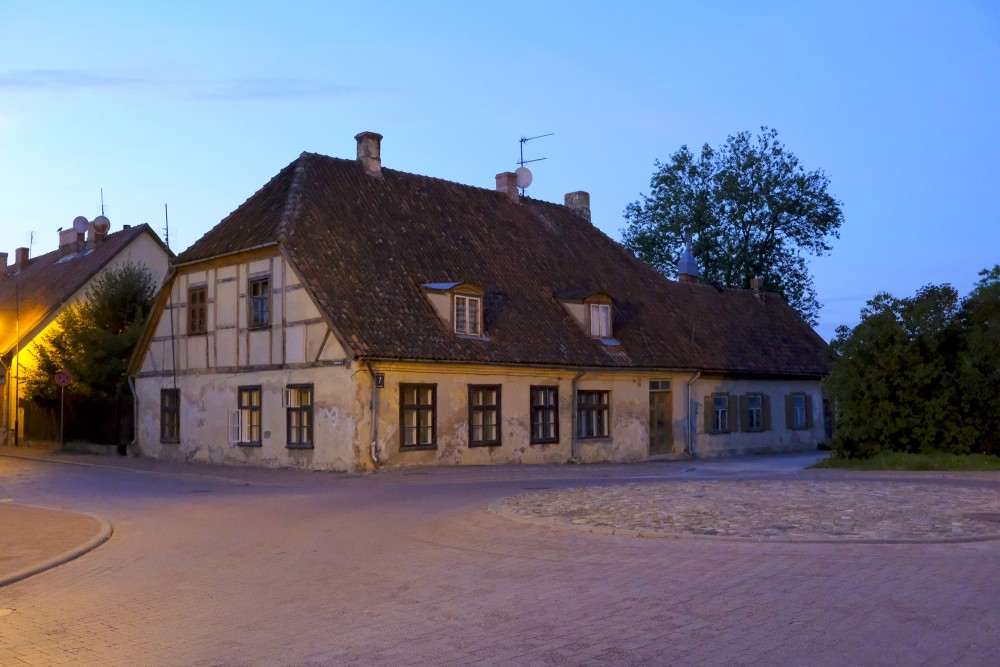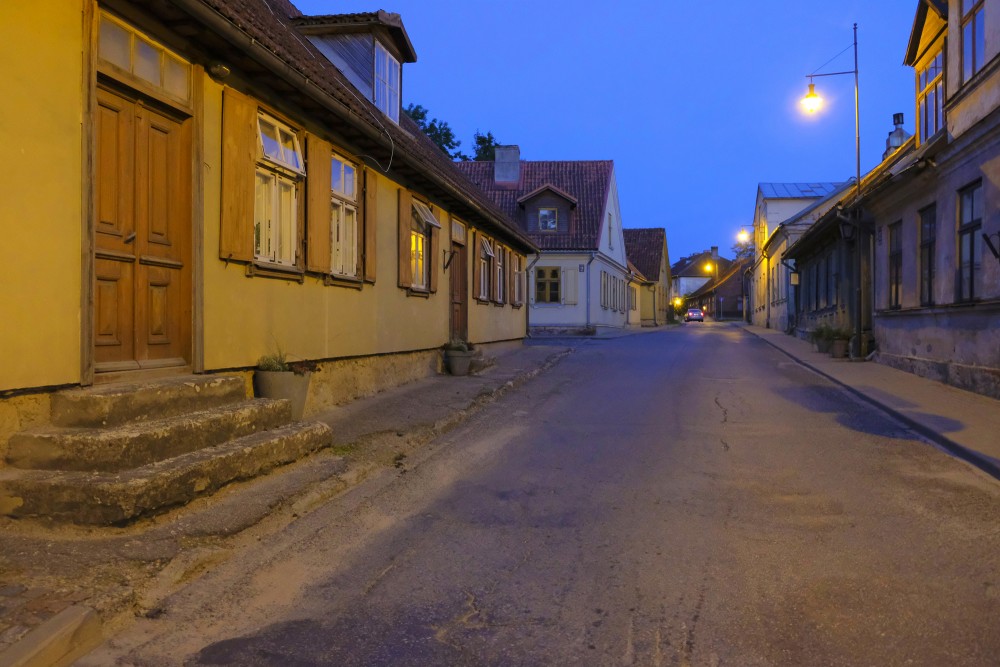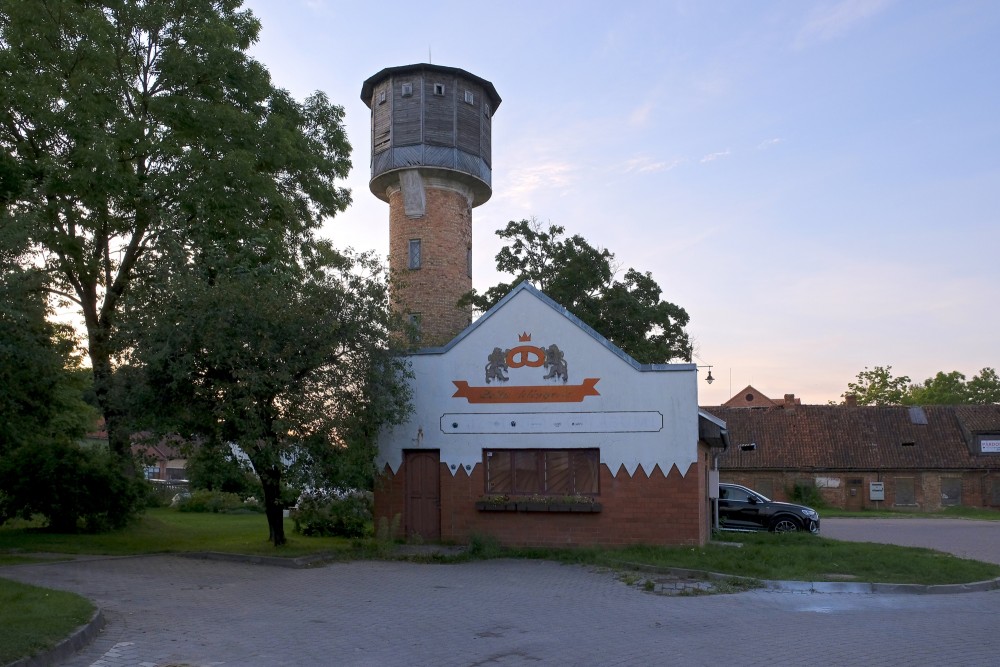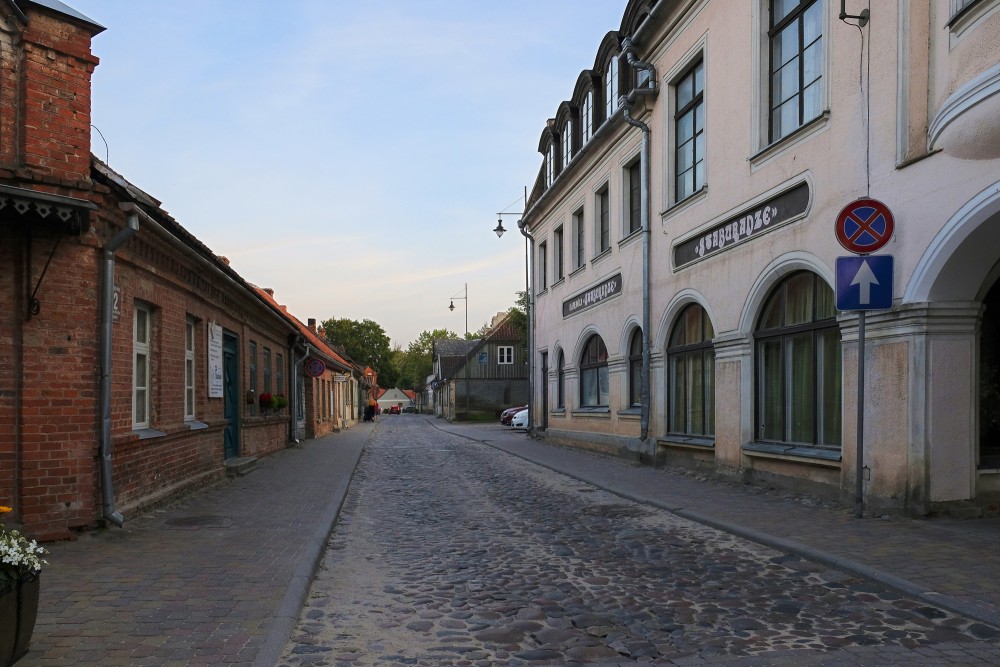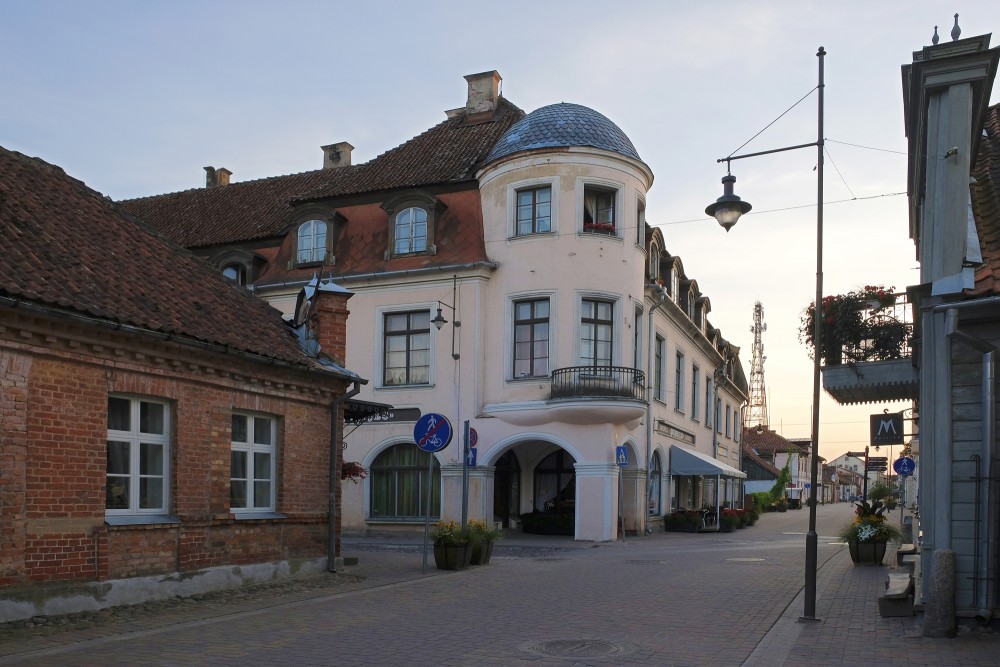The Historical Centre of Kuldīga
Kuldīga is a small and attractive town in Kurzeme which has always been admired and praised by poets and painters. The city centre, which developed in the 17th –18th centuries, has still preserved the old wooden building.
At present, the old town of Kuldīga and the red-brick bridge across the river Venta are candidates for inclusion in the UNESCO List of World Cultural Heritage. The town is also famous for the widest waterfall in Europe.
A work shop, where colourful blankets and beautiful headscarves with national designs are woven, is located near the Tourist Information Centre. In spring and autumn, an interesting phenomenon can be observed at the waterfall as spawning fish try to get over the waterfall by jumping through the air.
The historical centre of Kuldīga started developing as far back as the 13th century and has preserved urban planning elements dating back to periods from the 13th to the 19th century.
Narrow streets, peculiar one-storey houses with a chimney in the middle, and red roof tiles are still preserved in the historical centre. In 1368 Kuldīga became a Hanseatic City. Kuldīga town had neither modern roads, nor a railway which would change its architecture, so the town has preserved the provincial style typical of it, which has also granted to it the status of cultural historical heritage.
The historical buildings of the town and its nature create a unique, harmonious ensemble, incomparable to anything found in Latvia or elsewhere in Europe. Historically the Venta River and Venta waterfall have played a significant role in the development of Kuldīga.
The Alekšupīte River flows directly along the walls of many buildings which is why Kuldīga has been called the Venice of Latvia. Initially the buildings of the town centre were constructed as the suburb of Kuldīga. In 1701, during the Great Northern War, the Swedish army invaded Kuldīga Castle and in 1709 it became uninhabitable, but in the 19th century the castle ruins were relocated.
www.kurzeme.lv
